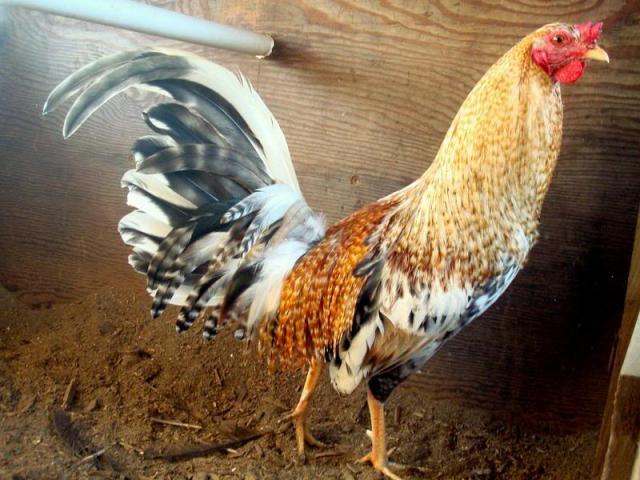I will try to find what I have on them but here is a start.
In the American Standard of Perfection they refer to the Dominique that was used in the breeding the Barred Rock as a single comb Hawk-colored fowl commonly found locally and not the American Dominique/ Rose Comb Dominique we know today but it was.
Under the Dominique in the American Standard of Perfection it says that the Dominique (American Dominique) was probably a cross of the many Hawk-colored or Gray fowls kept in the New England States long before and poultry standard...
Here is a post on the Dominique Gamfowl that is on the The American Dominique web Page.
By Silver Gray
From Game Fowl News
November 1926
"It has been written that the Dominiques as we have them today were originated in this way"
http://www.dominiquechicken.com/Dominique_Games.html
It was also reviewing to how show results in a number of magazines from the 1800s there are Dominique Leghorns, Dominique Spanish, Dominique Italians and American Dominiques listed in a number of places. With the exception of the American Dominique, the word Dominique always precedes a breed inferring it is a variety.
Merriam Webster Dictionary lists Dominican as originating around 1534 and defines the word as a member of a mendicant order of friars founded by Saint Dominic in 1215 and dedicated especially to preaching. In medieval England, the Dominicans, dressed in a white tunic and scapular with a large black cloak and hood.
Chris



